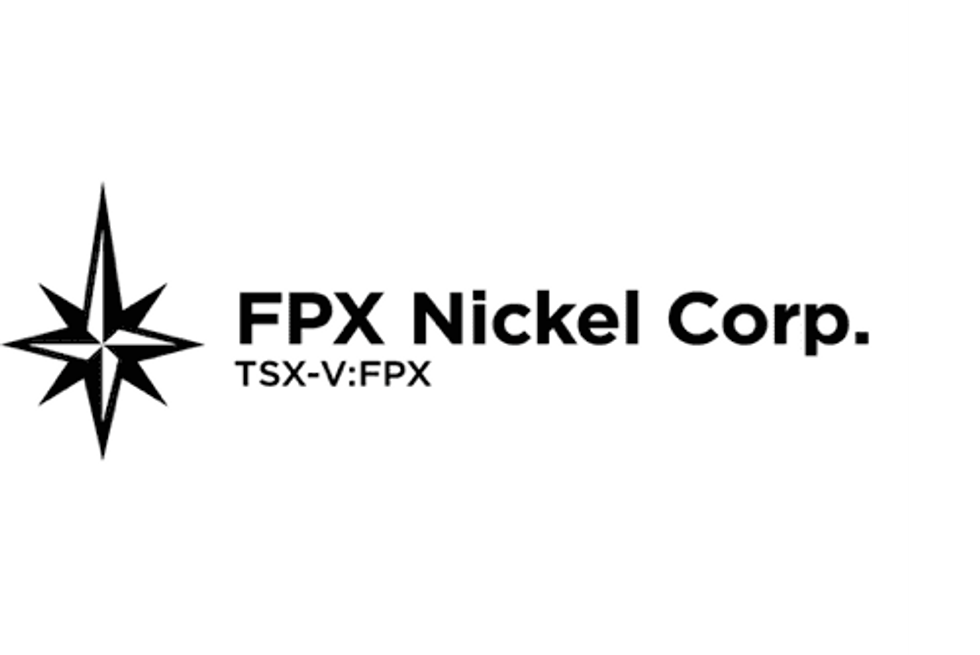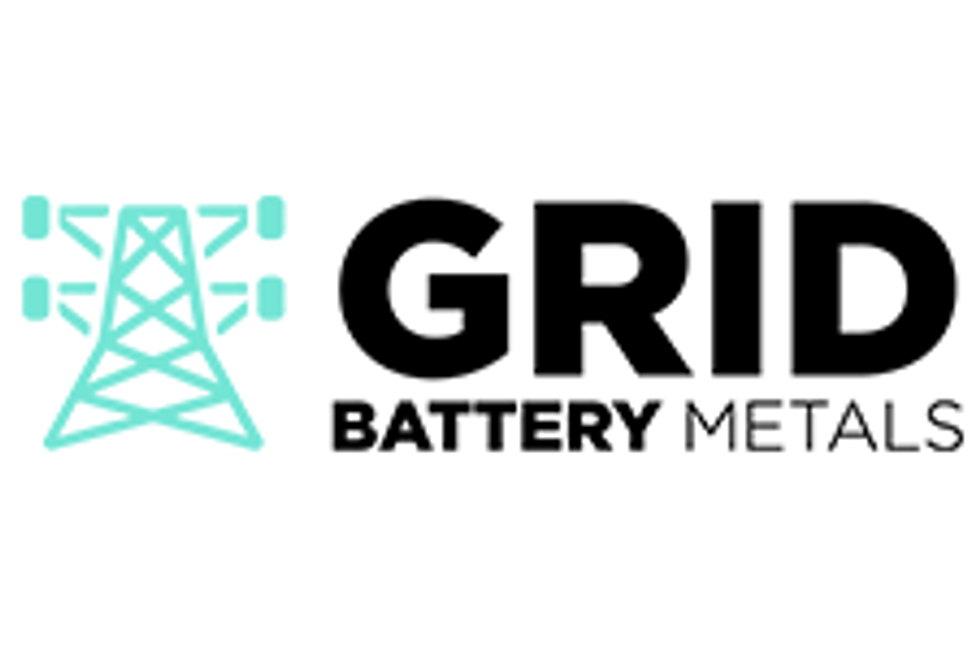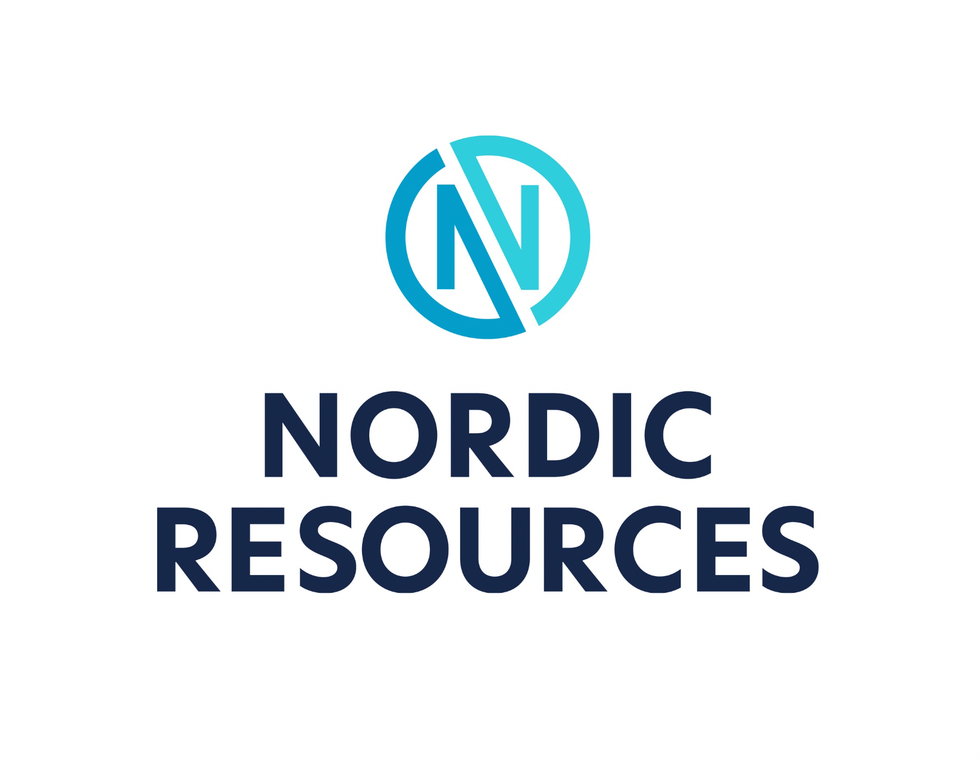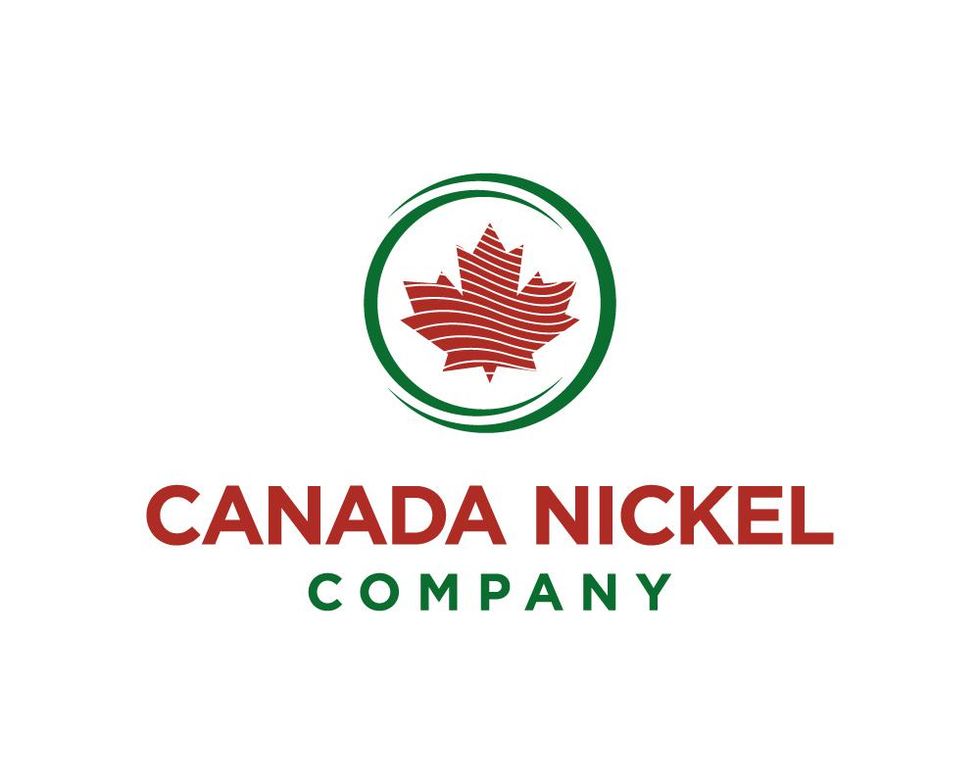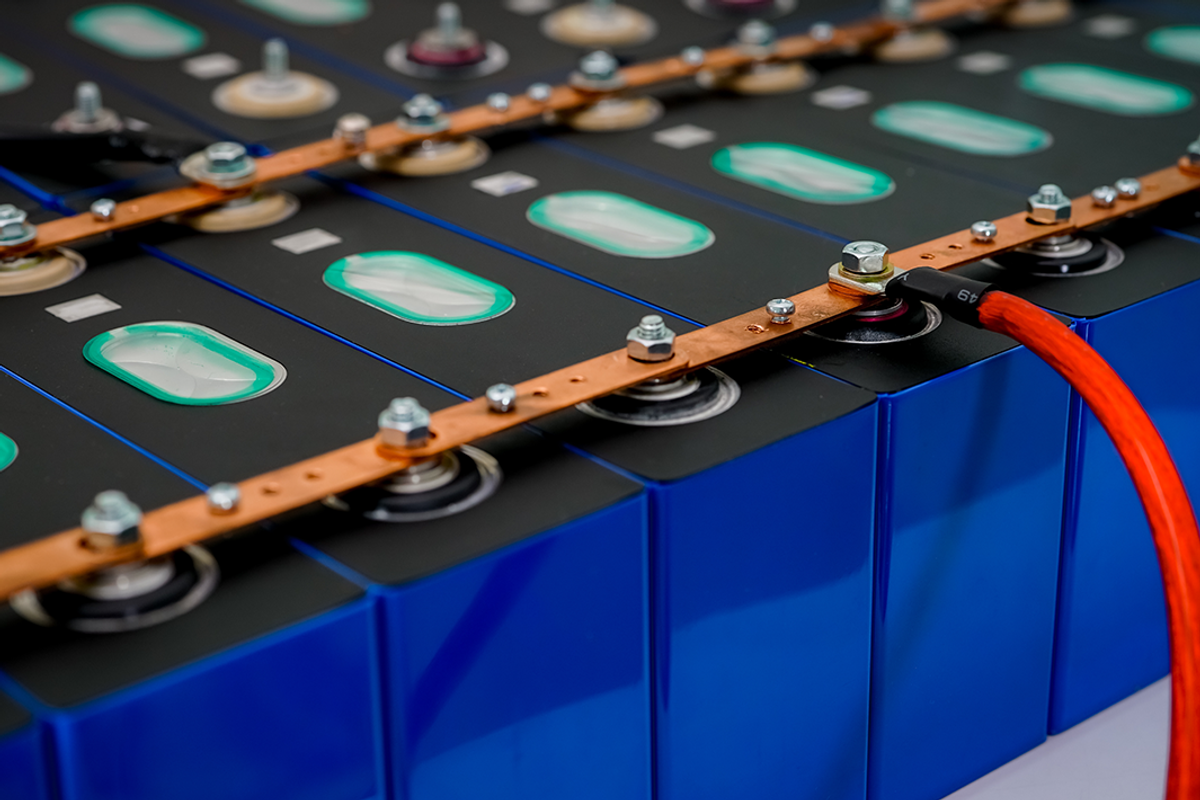
Nickel’s role in the energy transition could bring immense investment opportunities.
The European Union, Canada, the US and Australia have all added nickel to their lists of critical minerals, deeming it essential for global sustainable energy and decarbonisation.
In spite of the resource's ubiquity and long history in multiple sectors, many investors know very little about it, overlooking the investment potential of this underhyped base metal.
Through an understanding of nickel's overall market as well as its industrial applications, role in electrification and position in the clean energy landscape, investors can position themselves to identify and leverage a range of promising opportunities.
The many faces of nickel
A silver-white base metal notable for its high corrosion resistance, ductility and thermal conductivity, nickel has historically been used in everything from coins and wires to gas turbines and rocket engines. The metal is a key ingredient in alloys such as stainless steel, which accounts for roughly 69 percent of all nickel usage.
Additionally, nickel-copper alloys are used in desalination plants and boat propeller shafts. Nickel can also be added to glass to give it a green hue and used as a catalyst in the hydrogenation of vegetable oils.
Nickel's radioactivity is among its least-known characteristics — roughly five stable nickel isotopes can be found in nature, with Nickel-58 being the most abundant. These isotopes rarely emit enough radiation to be harmful to life, and the majority of nickel production comes from non-radioactive lateritic deposits. Interestingly enough, this trait may be part of the reason for the extremely high radiation resistance of certain nickel alloys.
Nickel-cobalt-iron-chromium-manganese, for example, barely reacts to radiation and may be used in radiation shielding for commercial spaceflight.
Nickel’s application as a key component in batteries for electric vehicles and energy storage, however, is the primary driver for its designation as a critical mineral. Some of the most efficient lithium-ion batteries to date use an 80 percent nickel cathode, while high-nickel batteries are expected to represent 50 percent of all production by 2030.
In addition to powering electric cars, nickel-based batteries provide critical energy storage for sustainable power grids. This is in addition to a multitude of other use cases in the energy sector. Components that rely on nickel alloys include wellheads, tubing, pipes and valves in oil and gas, turbines in fossil energy production and heat transfer systems, cooling systems and radiation shielding in nuclear power.
Nickel alloys are also used to produce the storage containers used in biofuel production. Wind and hydroelectric power generation use nickel for generator and gearing components. Finally, in solar energy production, nickel-containing stainless steel may be used for collector pipes and storage tanks.
Volatile supply with immense potential
Nickel is the fifth most common element on Earth, with an estimated 102 million tonnes of reserves worldwide. Indonesia and Australia each account for 21 percent of these reserves, followed by Brazil (16 percent). As of 2022, global nickel resources were estimated at over 300 million tons, with 60 percent contained in laterite and 40 percent contained in magmatic sulphide.
Due to its volatile market price, nickel is colloquially referred to as the devil's metal. According to last year's ASA Commodities Report, there are numerous factors contributing to this volatility, including fear of bank failures and a substantial reduction in trading volumes. Additionally, because nickel is used so extensively for industrial applications, uncertainty about commercial and industrial policies has played a large role in price variations over the past several years.
Currently, the global nickel market is valued at an estimated US$33.51 billion and is expected to reach US$53.39 billion by 2031 with a compounded annual growth rate of 7.98 percent. Electrification represents a major driver of this growth. As battery and sustainable energy production continues to ramp up, this may prove problematic.
Although there are extensive nickel reserves worldwide, not all of these reserves are of high enough purity. Both industrial applications and sustainable energy require Class 1 nickel. Also known as battery-grade nickel, Class 1 nickel contains a 99.8 percent or higher concentration of the metal.
Class 2 nickel, meanwhile, refers to all nickel with a purity of less than 99 percent, including nickel pig iron. It's far easier to process than high-grade nickel.
The world currently faces an impending supply shortage of Class 1 nickel for several reasons. First, the ongoing Russia-Ukraine conflict has introduced further uncertainty into the nickel market, creating widespread supply chain disruptions. In the US, the Eagle mine — the country's primary source of nickel — is due to close in 2025.
Lastly, as is the case with many critical minerals, demand for nickel has simply grown at a far faster rate than supply.
Importance of sustainable nickel production
To ensure the sustainable production of critical mineral resources, European regulators introduced the EU Battery Regulation.
A legislative framework encompassing the entire battery lifecycle, the regulation requires battery manufacturers to report the carbon footprint of battery production. This includes not only manufacturing, but also mining and processing. Additionally, if this footprint exceeds a maximum value, a company may potentially be restricted from participating in Europe's battery market.
The EU Battery Regulation went into full effect on February 18, 2024.
Because the creation of battery-grade nickel is historically a resource-intensive process with a large carbon footprint, ensuring sustainable production represents a considerable challenge. Fortunately, emerging production methods, such as high-pressure acid leaching alongside the use of sustainable power, may potentially enable net-zero nickel production. Nickel deposits that require minimal processing can also prove helpful.
Notable nickel projects
As noted by S&P Global Market Intelligence, major nickel discoveries in recent years have been relatively scarce. As such, larger companies such as Vale (NYSE:VALE), Glencore (LSE:GLEN,OTC Pink:GLCNF) and Eramet (EPA:ERA) are expected to play a major role in shoring up Europe's nickel supply chain. With that said, two mining and exploration companies in Europe display promise in terms of nickel production.
Nordic Nickel (ASX:NNL)
Nordic Nickel has two district-scale nickel-copper exploration assets in the Central Lapland Greenstone Belt of Northern Finland, totaling 515 square kilometres. Situated in what many have come to regard as the world's newest major nickel sulphide districts, the projects will further benefit from the country's extensive mining history and commitment to incentivising battery metals projects.
Nordic Nickel's Pulju project contains the Hotinvaara prospect area, which has a JORC resource of 418 million tonnes at 0.21 percent nickel, 0.01 percent cobalt and 53 parts per million copper for 862,800 tonnes of contained nickel, 40,000 tonnes of contained cobalt and 22,100 tonnes of contained copper. Hotinvaara represents only 2 percent of the total Pulju project exploration area and the remainder of the belt remains highly prospective for high-grade massive nickel sulphide and extensive shallow disseminated nickel mineralisation across 35 kilometres of prospective strike.
Nordic’s second project, the Maaninkijoki 3 project, also contains highly prospective ultramafic lithologies similar to the nearby Sakatti deposit.
Kuniko (ASX:KNI)
Kuniko holds roughly 1,065 square kilometres of exclusive license areas in Norway. Its assets are highly prospective for nickel, cobalt and copper, making the company ideally positioned to become a major supplier in the EU battery production chain. As with Nordic Nickel's projects in Finland, Kuniko's projects will benefit from Norway's rich mining history and dedication to supporting critical resource projects.
Investor takeaway
Many investors overlook the potential of nickel as a critical resource investment, owing to its ubiquity and volatility. Given current market trends and ongoing exploration and discovery, nickel’s significant investment opportunity can no longer be ignored. Nickel has immense potential as an investment — specifically, if a company can produce it sustainably and gain access to the European electric vehicle battery production value chain.
This INNSpired article was written as part of an advertising campaign for a company that is no longer a client of INN. This INNSpired article provides information which was sourced by INN, written according to INN's editorial standards, in order to help investors learn more about the company. The company’s campaign fees paid for INN to create and update this INNSpired article. INN does not provide investment advice and the information on this profile should not be considered a recommendation to buy or sell any security. INN does not endorse or recommend the business, products, services or securities of any company profiled. If your company would benefit from being associated with INN's trusted news and education for investors, please contact us.
